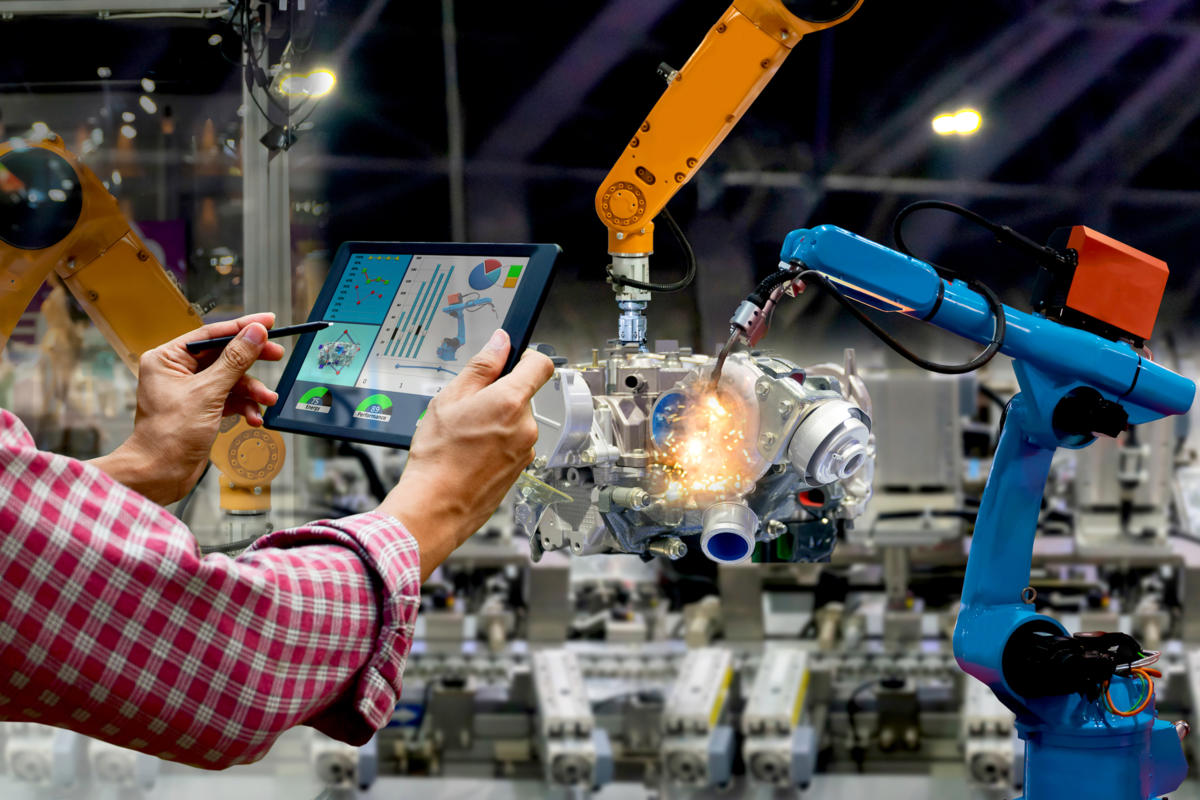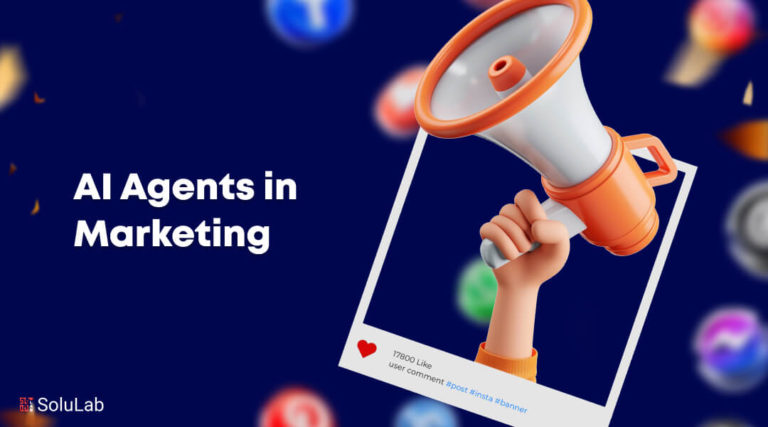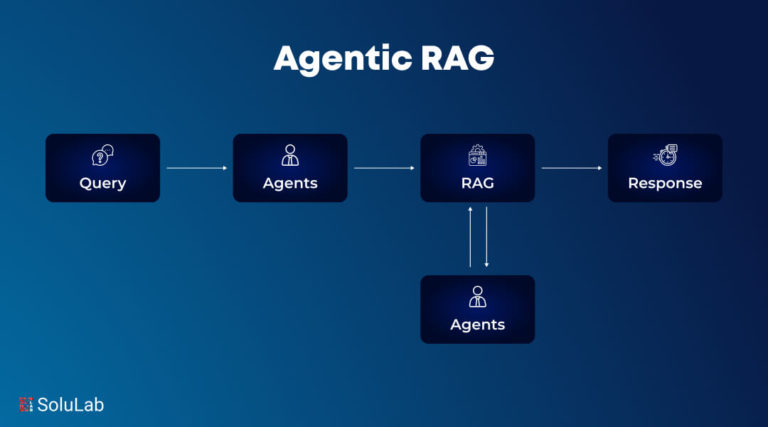
Major companies including GE, Siemens, Intel, Funac, Kuka, Bosch, NVIDIA and Microsoft are all making significant investments in machine learning-powered approaches to improve all aspects of manufacturing. The technology is being used to bring down labour costs, reduce product defects, shorten unplanned downtimes, improve transition times, and increase production speed.
So-called “smart manufacturing” (roughly, industrial IoT and ML) is projected to grow noticeably in the 3 to 5 years, according to TrendForce. The firm estimates that the global smart manufacturing market will be well over $200 billion this year and will increase to over $320 billion by 2020. That is a projected compound annual growth rate of 12.5 per cent. Similarly, the International Federation of Robotics estimated by 2019 the number of operational industrial robots installed in factories will grow to 2.6 million from just 1.6 million in 2015.
This article will focus on how four of the leading companies in the world of manufacturing are using cutting edge ML to make interesting improvements to factories and robotics. It will focus on two main themes:
- The different ways machine learning is currently be used in manufacturing
- What results the technologies are generating for the highlighted companies (case studies, etc)
From what our research suggests, most of the major companies making the machine learning tools for manufacturing are also using the same tools in their own manufacturing. This makes them the developer, the test case and the first customers for many of these advances. This is a trend that we’ve seen in other industrial business intelligence developments as well.
This same in-house ML development strategy may not be possible for smaller manufacturers, but for giants like GE and Siemens it seems to be both possible and (in many cases) preferred to dealing with outside vendors. In either case, the examples below will prove to be useful representative examples of ML in manufacturing.
Concluding Thoughts on Machine Learning in Manufacturing
Automation, robotics, and complex analytics have all been used by the manufacturing industry for years. For decades entire businesses and academic fields have existed for looking at data in manufacturing to find ways to reduce waste and improve efficiency. Manufacturing is already a reasonably streamlined and technically advanced field.
As a result – unlike some industries (such as taxi services) where the deployment of more advanced ML is likely to cause massive disruption – the near term use of new ML technology in the manufacturing industry is more likely to look like evolution than a revolution.
Greater industrial connectivity, more widely deployed sensors, more powerful analytics, and improved robots are all able to squeeze out noticeable but modest improvements in efficiency or flexibility.
We are seeing these newer applications of machine learning produce relatively modest reductions in equipment failures, better on-time deliveries, slight improvements in equipment, and faster training times in the competitive world of industrial robotics. These improvements may seem small but when added together and spread over such a large sector the total potential saves is significant. According to the UN, worldwide value added by manufacturing (the net outputs of manufacturing after subtracting the intermediate inputs) was $11.6 trillion 2015. This is why companies are spending billions on developing ML tools to squeeze a few extra percentage points out of different factories.
Long-term, the total digital integration and the advanced automation of the entire design and production process could open up some interesting possibilities. Customization is rare and expensive while high-volume, mass produced goods are the dominant model in manufacturing, since currently the cost of redesigning a factory line for new products is often excessive.
Consumers for the most part have been willing to make the trade off because mass produced goods are so much cheaper. If technology that makes manufacturing more flexible is widely deployed, causing customization to become cheap enough, that could create a real shift in numerous markets. Instead of most shoes coming in a dozen sizes, they might be made in an infinite number of sizes – each order custom-fitted, built, and shipped within hours of the order being placed.




